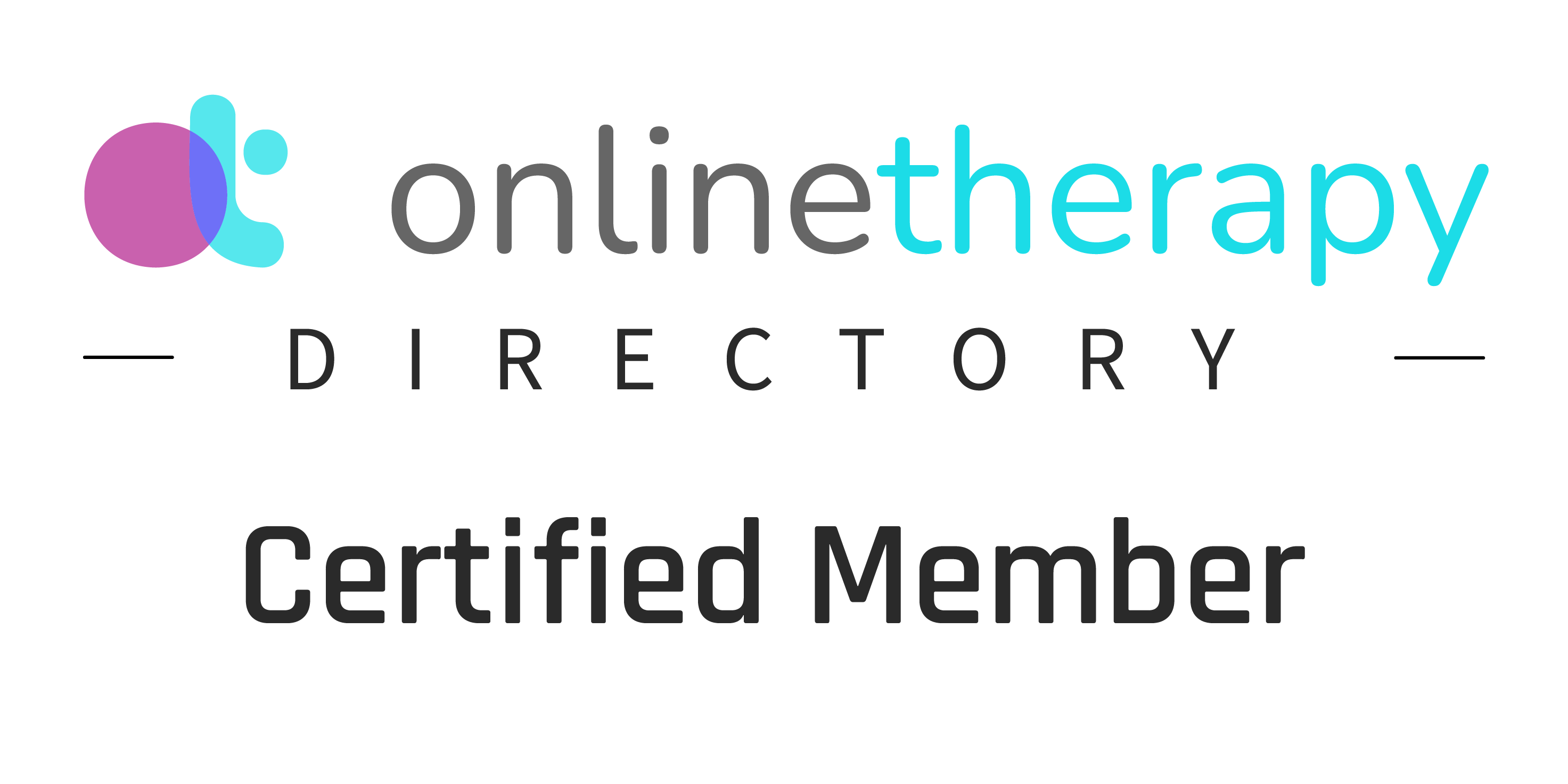The Connection Between Mental Health and Physical Health: A Holistic Approach to Well-Being
The connection between mental health and physical health is often overlooked, yet it is crucial for overall well-being. A holistic approach to health acknowledges the intricate relationship between the mind and the body, recognizing that both aspects must be considered for optimal health. This understanding has paved the way for innovative therapeutic approaches that address both physical and emotional trauma. Francesca Wehr, LCSW Mental Health Counseling, and Connect H&W, a holistic healing center that focuses on functional bodywork and somatic therapies, have come together to explore and explain the benefits of combining therapeutic movement, somatic breathwork, and Eye Movement Desensitization and Reprocessing (EMDR).
The Bidirectional Relationship Between Mental and Physical Health
Mental health and physical health are interconnected, with each having a significant impact on the other. Poor mental health can contribute to chronic physical conditions, while physical illnesses can exacerbate mental health issues. Understanding this bidirectional relationship is crucial for developing effective treatment plans and preventative strategies.
Functional Bodywork and Physical Health
Functional bodywork focuses on enhancing the body's functionality by addressing and correcting imbalances and dysfunctions that interrupt natural movement patterns. This holistic approach considers the body as a whole, emphasizing proper movement, posture, and coordination through various techniques like manual therapy, stretching, and tailored exercises. Personalized treatment plans target the root causes of issues, aiming to restore optimal movement and prevent future injuries, thereby promoting overall health and body awareness.
Transitioning to Somatic Breath Work
While functional bodywork addresses the tangible aspects of physical tension and pain, somatic breath work offers a complementary approach by targeting the less visible but equally significant emotional components of trauma. Understanding the interplay between these therapies can reveal how deeply interconnected our physical and emotional experiences truly are.
Understanding Somatic Breath Work
Somatic breath work is a therapeutic practice that uses controlled breathing techniques to help individuals access and release stored emotional trauma. The premise is that our bodies hold onto stress and trauma, which can manifest as physical symptoms. Through conscious breathing exercises, somatic breath work helps individuals enter a state of heightened awareness, promoting emotional release and healing.
Types of Somatic Breath Work:
Conscious Connected Breathing (CCB): Continuous, deep breaths with no pauses between the inhale and exhale. This rhythmic breathing pattern increases oxygen flow and creates an altered state of consciousness, allowing for the release of stored emotions.
Bioenergetic Breathwork: Combines deep, full-body breathing with specific physical movements and postures to release stored tension and emotions from the body.
Integrative Breathwork: Combines various breathing patterns with guided imagery, body awareness, and emotional processing for deep emotional healing.
Integrating EMDR into the Healing Process
Eye Movement Desensitization and Reprocessing (EMDR) is a psychotherapy approach that Francesca Wehr specializes in. It is designed to alleviate the distress associated with traumatic memories. EMDR involves stimulating the brain through eye movements or other forms of bilateral stimulation while recalling traumatic events, which helps reprocess and integrate these memories into the individual’s existing knowledge base.
How EMDR Works:
Processing Traumatic Memories: EMDR helps individuals process and integrate traumatic memories, reducing their emotional intensity and the distress they cause.
Bilateral Stimulation: Techniques such as guided eye movements, taps, or sounds activate both sides of the brain, facilitating the reprocessing of trauma.
Adaptive Resolution: EMDR aims to transform traumatic memories into adaptive resolutions, allowing individuals to view their trauma from a healthier perspective.
The Impact of Stress
Chronic stress is a common factor that can negatively affect both mental and physical health. Long-term stress can lead to mental health issues such as anxiety and depression and contribute to physical ailments like heart disease, obesity, and a weakened immune system.
Exercise and Mental Health
Regular physical activity has been shown to improve mental health by reducing symptoms of anxiety and depression, improving mood, and enhancing cognitive function. Incorporate a variety of physical activities into your routine to support both mental and physical well-being.
Nutrition and Mental Health
A balanced diet plays a significant role in maintaining mental health. Consuming nutrient-rich foods can help support brain function, regulate mood, and promote overall mental well-being. Prioritize a diet rich in fruits, vegetables, whole grains, lean proteins, and healthy fats to support both mental and physical health.
Sleep and Mental Health
Quality sleep is essential for mental and physical health. Poor sleep can contribute to mood disturbances, impaired cognitive function, and increased risk of physical health issues. Develop healthy sleep habits by establishing a consistent sleep schedule, creating a relaxing bedtime routine, and optimizing your sleep environment.
Social Connections
Strong social connections are crucial for maintaining mental and physical health. Nurturing relationships with friends and family can provide emotional support, stress relief, and a sense of belonging, all of which contribute to overall well-being.
Mindfulness and Meditation
Practicing mindfulness and meditation can have a positive impact on both mental and physical health. These techniques can help reduce stress, improve emotional regulation, and promote overall well-being.
Seeking Professional Help
If you're struggling with mental health issues that may be affecting your physical health, consider seeking professional help from a therapist or counselor. They can provide guidance, coping strategies, and resources to help you manage your mental health and improve your overall well-being.
Preventative Care
Regular check-ups and preventative care can help identify potential mental and physical health issues before they become severe. Prioritize regular doctor visits, screenings, and self-care practices to support overall health.
Developing a Holistic Health Plan
Create a personalized, holistic health plan that addresses both mental and physical well-being. Incorporate strategies such as regular exercise, proper nutrition, quality sleep, social connections, and stress management techniques to promote a balanced approach to overall health.
How This Integrated Approach Helps
The combined approach of functional bodywork, somatic breath work, and EMDR can lead to significant improvements in both physical and emotional health. By releasing stored trauma and reducing physical symptoms, individuals can experience greater overall well-being. This holistic method can be especially beneficial for those who have struggled with chronic conditions that traditional treatments alone have not fully addressed.
Understanding the deep connection between physical and emotional health is crucial for effective trauma recovery and overall well-being. By integrating functional bodywork, somatic breath work, and EMDR with a holistic approach to health, we can provide a more comprehensive path to healing. This partnership between mental health counseling and functional body work represents a significant step forward in treating trauma and promoting a balanced, fulfilling life. Prioritize self-care, seek professional help when needed, and remember that nurturing both mental and physical health is an ongoing process that requires intention and effort.
For more information on the services provided by Francesca Wehr, LCSW, and Connect H&W, please visit www.FrancescaWehrLCSW.com and www.CNT-Wellness.com













